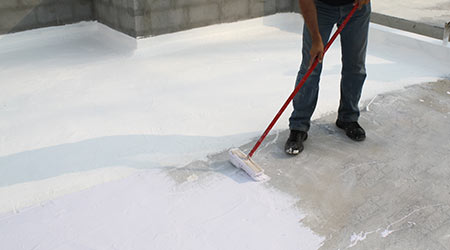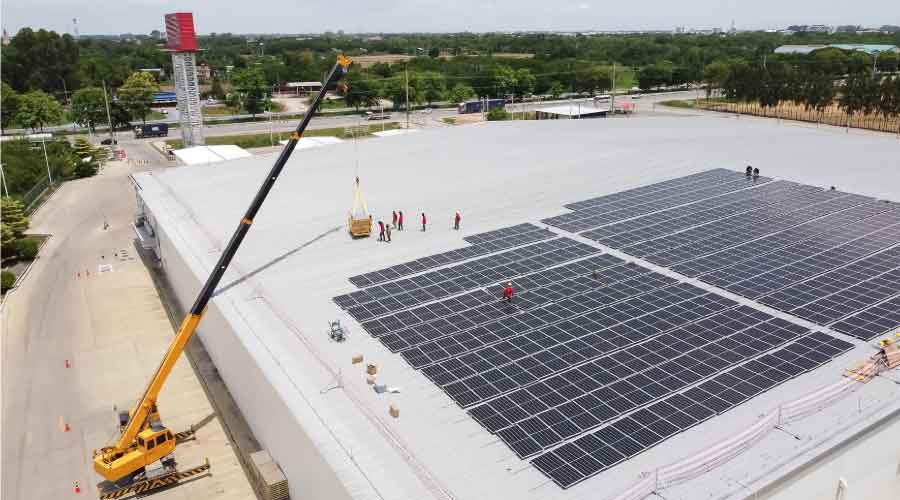 Recent advances in roof coating chemistry have been aimed at faster cure and improved application windows, as well as better resistance to environmental exposure.
Recent advances in roof coating chemistry have been aimed at faster cure and improved application windows, as well as better resistance to environmental exposure.Roof Coatings: How to Properly Prepare a Substrate for Application
Understanding facility needs, long-term goals and the latest coating options is essential for effective applications
Once a manager has specified a roof coating based on such factors as facility use, climate region, and overall project budget, technicians then can begin the process of coating application, which starts with comprehensive surface preparation.
“Preparation is the most important aspect of a coatings job,” says Kurt Schwahn with Anvil Paints & Coating. “Each job will vary slightly, but in general, all surfaces need to be clean, safe, and free from debris. It also helps to know the weather forecast.
“Most coatings have a specific temperature range that they need to be applied. For example, applying an acrylic coating on an extremely hot day with a hot substrate will cause the coating to potentially cure too fast and ultimately cause failures. And applying a coating just before rain can cause a wash out.”
With surface preparation being one of the most important aspects of the roof coating application process, and it can dictate the long-term performance of any coating, it is important that the preparation is done correctly to eliminate dirt and debris and remove any contaminants.
“We recommend a light pressure wash and a light scrub with a roof cleaner dilution to properly remove any dirt, debris, grime, and contamination that has settled into the roof over time,” Leshansky says. “The roofing substrate must be properly cleaned and dry prior to the application of a coating.”
If the roof substrate is not properly prepared before the application, the result can be a roof failure.
“There is no substitute for having a properly cleaned and prepared roofing substrate,” Leshansky says, adding that the impact of preparation goes far beyond the initial application. “A 10-, 15-, or 20-year coating system will be dependent on the integrity of the roofing substrate throughout its life cycle. Improper roof preparation will likely manifest itself in the form of a coating failure, premature to the life of the anticipated coating system’s warranty.”
Related Topics:














